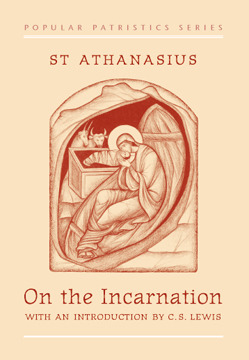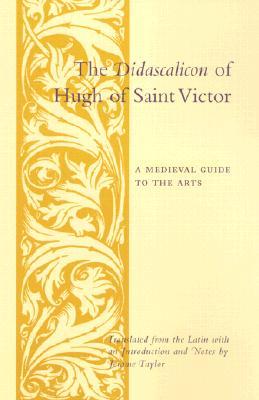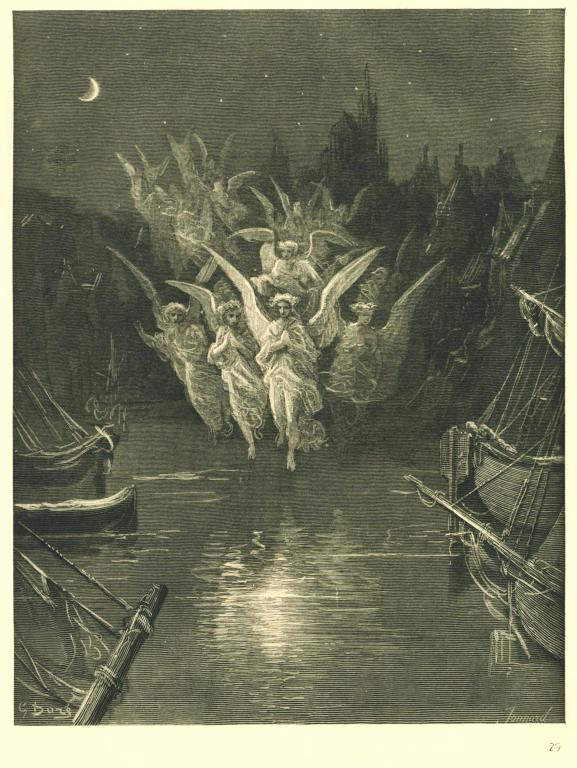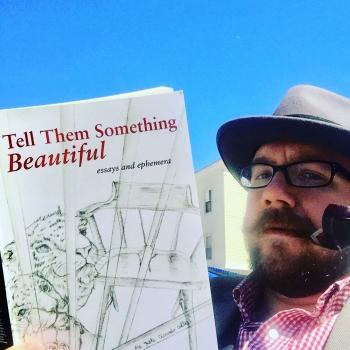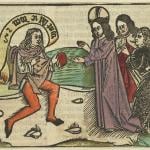Matthew Vest
The Naming and Circumcision of Christ
1 January 2014
On the Edge of Elfland
Columbus, Ohio
Dear Friends and Family,
Thanks much to David for this question. I’ve answered the “favorite books” question before, but the “most influential to my theology” question is one I’ve not paused over as much. Five years ago my answers to this would be noticeably different, primarily due to my conversion since then into the Eastern Orthodox Church. In light of that spiritual journey and my work as a young (i.e., lowly) academic and PhD student, moreover, I expect the answers will be different again five years from now.
Dionysius’ short work is known as a classic of “apophatic theology” for detailing the limits of language and words to the point where we become “actually speechless and unknowing” before the “Cause of all beings.” This process of assertions and denials about the Divine Cause presents a particular challenge in rightly reading the mystical Scriptures. Dionysius’ hermeneutical challenge is to realize the Scriptures as the highest language we can experience, embracing the “divine names” not as intellectual idols of God’s essence but as ways of experiencing His energies. In my small world of reading/study, this liturgical/embodied/apophatic epistemology is a theological landmark.
We all know the Patristic formulation that Athanasius made so popular: “for the Son of God became man so that we might become gods.” For years I read this from the assumption that man’s “fall”caused the Word of God to take on flesh, but such an assumption seems bound to a framework of immanent reason (and even a “physical theory of redemption”). Athanasius surely has more in mind–namely, presenting the Incarnation as Christ’s “divine manifestation.” Athanasius doesn’t dwell solely on the physical details of Christ’s birth but rather focuses on how the Passion reveals the true nature of his coming through the Theotokos, his life, death, and resurrection. In other words, Athanasius’ understanding of the Incarnation extends beyond the manger to include the whole scope and entirety of Christ’s life and work. What does this mean? Our ways of theologizing must begin with the whole life of Christ–including grasping the Nativity from the vantage point of the Passion–vs inferential theories that gloss the depth of terms such as Incarnation.
OK, moment of honesty: I can’t list the Hugh’s Didascalicon without also listing Illich’s In the Vineyard of the Text. Illich’s work convinced me the Didascalicon was much more than yet another Medieval treatise on the ars liberalis. Illich revealed in Hugh’s work, rather, an entire theological anthropology bound in embodied, corporeal reading. After reading Hugh/Illich, reading was not reading anymore for me. I’m convinced now that the technological move from “book to text” evinced in the transition from monastic education to scholastic university has rendered a different picture of mankind altogether. Reading Hugh/Illich has blurred the lines between reading/study/prayer–and has convicted me how poorly I practice all three of them.
Sincerely yours,
Matt Vest
Matthew Vest is as the Assistant Director of Graduate Studies for The Ohio State University Center for Bioethics and Medical Humanities. Vest holds a B.A. in Moral Philosophy, an M.A. in Liberal Arts, and is currently a Ph.D. student in Theology (University of Nottingham). When out of the library or office, Matthew Vest and his wife, Leah, both enjoy ultra running, craft beer/homebrewing, and chasing after their two wild warrior-toddlers.
Related articles
- My 3 Books (or The Post Where I Steal Ideas from The Theology Studio) (elflandletters.wordpress.com)
- My Three Books: Eric Austin Lee Edition (elflandletters.wordpress.com)


